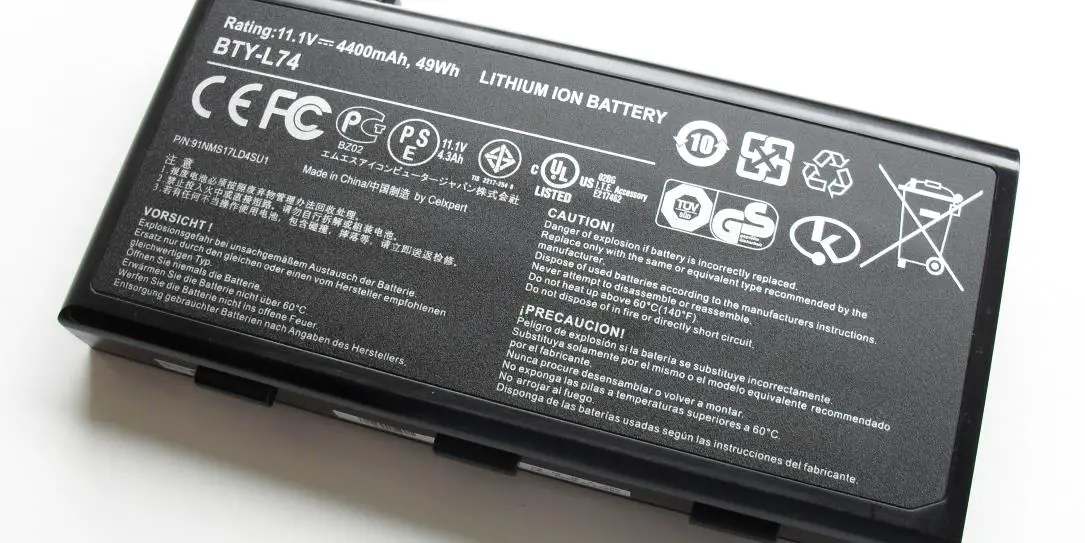Every so often we’ll hear about the “newest biggest and best” battery technology out there, and many don’t pan out or don’t end up anywhere nearly as impressive as they were initially purported to be. What makes this battery technology any different? Its co-creator, John Goodenough, a 94-year-old inventor and emeritus professor at the Cockrell School of Engineering at the University of Texas, Austin, knows a thing or two about battery technology. He also happens to be the co-creator of some rather well-known battery tech: the lithium-ion battery. You know, the thing that provides power to nearly everything with a battery in it? You probably have at least 3 lithium-ion batteries in your vicinity right now, possibly more. So this guy knows what he’s talking about when it comes to batteries. Could this tech still fizzle, or not meet expectations? Sure. But having John involved has piqued the interest of more than a few researchers who know batteries — and they’re excited.
In their research and filed patents, Goodenough and co-creator Maria Helena Braga, an engineering professor at the University of Porto in Portugal who is a visiting fellow at UT Austin say that their glass-based battery is non-flammable, non-volatile, and does not promote the build up of the “dendrites” that can build in lithium-ion batteries, causing fires. The batteries do use a type of glass, as outlined by IEEE Spectrum:
The new battery technology uses a form of glass, doped with reactive “alkali” metals like lithium or sodium, as the battery’s electrolyte (the medium between cathode and electrode that ions travel across when the battery charges and discharges).
If the increased safety possibilities weren’t enough, this battery could also charge super fast:
This, [Braga] says, is because the lithium- or sodium-doped glass endows the battery with a far greater capacity to store energy in the electric field. So, the battery can, in this sense, behave a little more like a lightning-fast supercapacitor. (In technical terms, the battery’s glass electrolyte endows it with a higher so-called dielectric constant than the volatile organic liquid electrolyte in a lithium-ion battery.)
It’s also important to note the second alkali metal listed in the first quote above — sodium. If researchers are able to use sodium as opposed to lithium, it opens up a much wider availability of the substance. Lithium has to be mined, whereas sodium can be extracted from seawater.
The next important step will be to find out whether or not the technology will work for commercial purposes. If this new tech can be brought to battery manufacturers and brought to market in one form or another, this is the type of tech that has the possibility to disrupt the entire battery industry. Goodenough seems perfectly happy to let business take his research and run with it too:
But the development is going to be with the battery manufacturers. I don’t want to do development. I don’t want to be going into business. I’m 94. I don’t need the money.
What do you think of this new battery technology? Could one technology created by Goodenough be replaced by another? Check out the source link at IEEE Spectrum for more information, and tell us what you think in the comment section below, or on Google+, Facebook, or Twitter.
[button link=”http://spectrum.ieee.org/energywise/energy/renewables/does-new-glass-battery-accelerate-the-end-of-oil” icon=”fa-external-link” side=”left” target=”blank” color=”285b5e” textcolor=”ffffff”]Source: IEEE Spectrum[/button]









